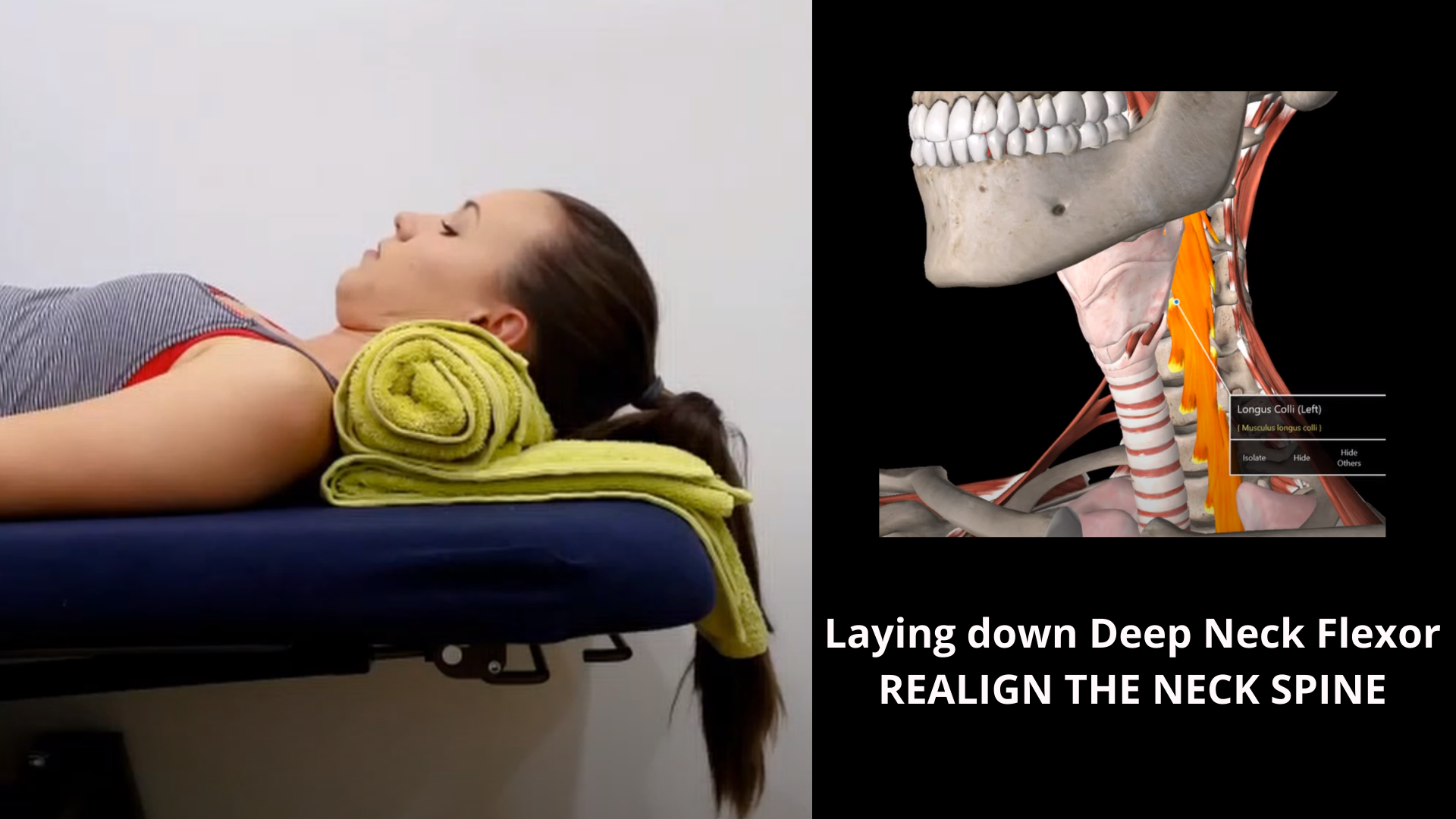How to obtain a better sitting posture
A forward-headed posture can lead to a painful neck and rounded shoulders. Office workers experience patterns of discomfort because of an imbalance between the muscles.
Upper Cross Syndrome defines the forward-headed posture, where the shoulder and neck muscles become overactive, while the chest and back muscles become weak.
This blog will outline:
What is going on with your muscles when you are working for long periods in the office.
The postural misalignments to be aware of.
How to form and obtain a better sitting posture?
How physiotherapy will be able to help you with long working periods without pain and discomfort.
Muscles that keep you upright in front of the desk: they work for hours.
Correct posture is the position in which minimum stress is applied to each joint. Your postural muscles span over four areas of your body: your back, neck, chest, and shoulders. They are supporting your skull, keeping your head up, and maintaining your neck position.
With forward-head posture, these muscles need to work harder to keep your head from dropping forward.
Longer hours cause the muscles to tire, and therefore you start getting rounded shoulder blades, leading to:
Rhomboid muscle weakening.
Chest muscles (pectoralis) tightening.
Deep Neck Flexors (front of the neck) weakening.
The postural misalignments have commonly seen in office workers:
These imbalances lead to a postural misalignment which includes:
Poked-out chin.
Forward head position.
Hunched upper back.
Over time the discomfort can lead to pain in the upper traps and back of the neck. Sometimes this posture can lead to further issues such as headache or pain that radiate into the arm.
How to form and obtain a better sitting posture?
First, adjust your seat height so that your hips sit slightly higher than your knees. Close your eyes and imagine the following cues:
Imagine your chest lightens and floats up.
Widen your chest.
Imagine the back of your neck goes long and that you are growing taller.
Relax your elbows so they are touching the sides of your trunk.
Open your eyes. Now you have a much better sitting posture than you used to have!
Adjust your computer set-up according to this posture will help you to maintain this alignment for longer. We will delve into the details of the desk set up in the blog: Is your desk job causing you pain?
Periodically repeat these cues will help you to obtain this posture more naturally.
Ongoing management and treatment
If the upright posture is correct, minimal muscle activity is needed to maintain the position.
Physiotherapy treatment involves:
Release overactive muscles.
Create a progressive strengthening program to target weak muscles.
Improve posture.
Physiotherapists will assess your posture to identify which muscles need strengthening and which need to be released to get you back to a pain-free posture. We administer deep tissue massage, dry needling, and joint manipulative therapy to help the neck spine stay supple.
Once your neck pain has stabilised, we recommend a treatment session every 2-3 months to ensure that the neck and upper back stay recuperated.
Sources:
Bae,Won-Sik et al. “The Effect of Middle and Lower Trapezius Strength Exercises and Levator Scapulae and Upper Trapezius Stretching Exercises in Upper Crossed Syndrome.” Journal of physical therapyscience 28.5 (2016): 1636–1639.











